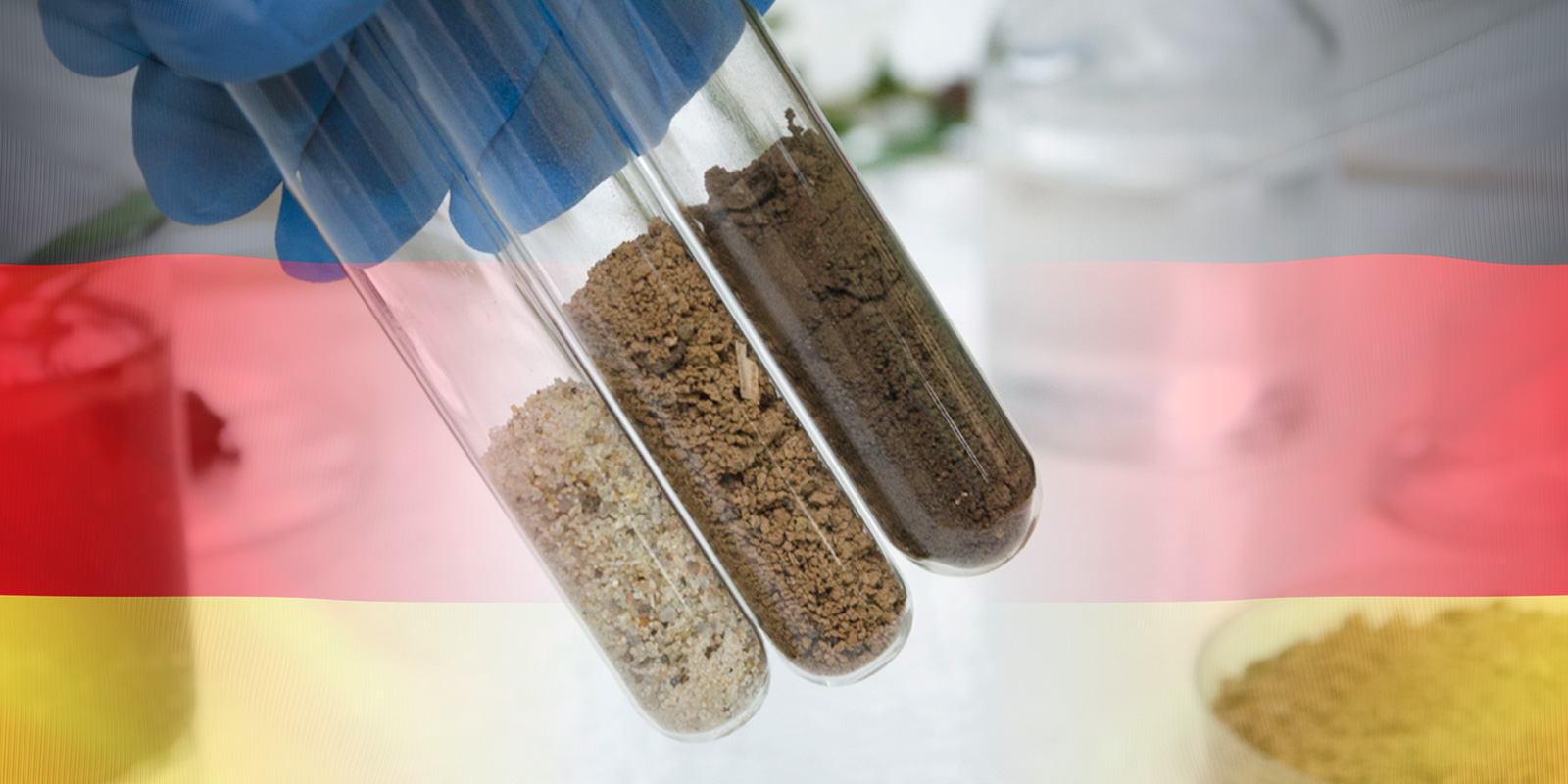
New German Regulation Imposes Thresholds for PFAS
New PFAS threshold values applicable to soil testing will start on August 1, 2023.
PFAS (per- and polyfluoroalkyl substances) constitute a group of thousands of synthetic chemicals that are widely used in various consumer and industrial products. Because of their suspected mobility and persistency, PFAS chemicals are said to accumulate in the food chains and contaminate soil and groundwater without disintegrating naturally.
PFAS have given rise to widespread environmental litigation in the United States and are also subject to an increasing number of litigations in Europe and Germany.
At the European level, various rules and regulations regarding PFAS exist, such as the CLP Regulation, the REACH Regulation, and internationally, the Stockholm Convention. On March 22, 2023, ECHA published a proposal to ban the use and placing on the market (including import) of PFAS as such, in mixtures and in articles above residual level, unless their use is subject to an explicit derogation. These wide ranging restrictions are expected to be adopted by the European Commission around 2025, and take effect in 2027.
At the same time, Germany is ramping up national measures to deal with existing PFAS contamination. On August 1, 2023, a new Regulation—the so-called Mantelverordnung—will enter into force introducing for the first time binding test values for a number of PFAS, including PFOA (0.1 µg/l), PFBA (10 µg/l), and PFOS (0.1 µg/l). Such values will be introduced in the Federal Soil Protection Ordinance (BBodSchV), a federal regulation under the German Soil Protection Act.
The new test values will be applied by enforcement agencies, such as the local and regional German soil protection authorities. If such an authority becomes aware that soil contamination testing values are exceeded (e.g., triggered by soil testing in a construction project) orders can be imposed on the potentially responsible party ("PRP") to carry out a comprehensive assessment. Based on such additional fact-finding measures, the authority may order remediation measures.
The new PFAS test values could have significant and costly consequences. Under German law, the following PRPs are jointly liable for testing and cleanup (irrespective of fault and causation): the contaminator (i.e., the party that caused a PFAS contamination, including their legal successor); the owner of the PFAS contaminated site; the former owner of the contaminated site; and the party in control (e.g., a tenant) of the contaminated site.




